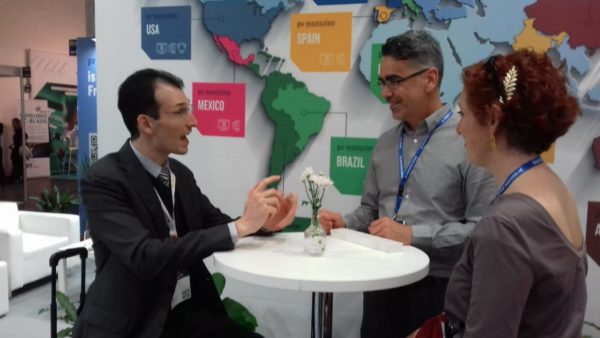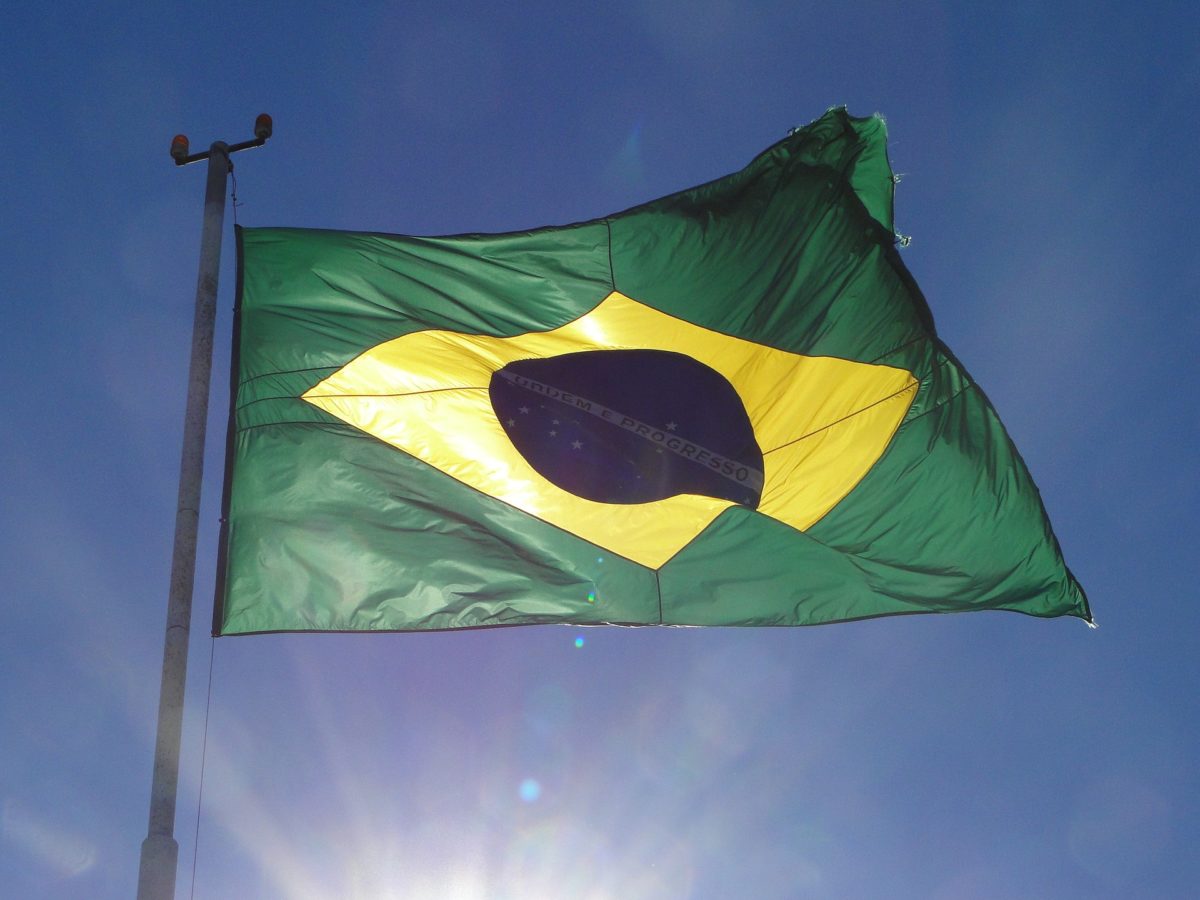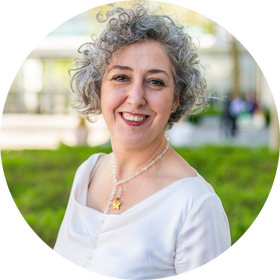pv magazine: Mr Sauaia, solar has been included in the A-6 auction after being excluded last year.
Sauia: We are very glad about the inclusion of solar in the A-6 auction. Our point was plainly that it was unfair that solar was the only renewable energy source that was forbidden to participate. Our dialogue and negotiation with the government was based on two simple principles. Isonomy [fairness] was the first, as we wanted the same fair treatment that other sources have. The second point, which is also very important, was that solar is now the second most competitive source in Brazil. We can help reduce the average selling price for the end consumers thus making electricity cheaper and increasing competitiveness. For these reasons we believe solar may also have to be included in all A-6 auctions.
ABSOLAR said inclusion in the A-6 auction was necessary as lower volumes will be allocated in the A-4 auction that will be held at the end of June, and in which solar can also participate. Why will that auction have less capacity to allocate than last year’s A-4 exercise?
The government assigns capacity in the auction based on a law which obliges it to contract only an amount of installed power that is compatible with the volumes the [power] distribution companies request. They project their demand for future years and they share this confidential information with the government, which has to comply with these volumes. The government cannot choose how much it wants to contract from each energy source. The government does, on the other hand, have the knowledge of how much the economy will grow, how much electricity consumption and consumer numbers will grow and, based on GDP projections and the economy, is also aware electricity demand will grow. The problem is that the volumes that the distribution companies are sharing with the government are below government expectations. The power companies produce very conservative projections because if they request more energy than they actually need they have to pay for it and will lose revenue. If they ask for less energy than the government needs then the government has to deal with the problem. This way, power companies pass on the costs.
The 2018 A-4 auction ended with more than 800 MW of solar capacity awarded, how much will it be this year?
I don’t know exactly how much but it might be smaller this year. And the government is concerned because its projections show that we need to contract more.
Is this why the government included solar also in the A-6 auction?
No I don’t think so. It has more to do with another preoccupation. Projects selected in the A-4 auction will be delivered in four years. So between year four and year six you have a gap. If there is not enough electricity contracted, prices may rise. Solar has the competitive advantage not only of a cheap price but also of being a fast-implementation source. So, if the government needs electricity in a couple of years we can do that. The government can call an emergency auction and put solar to operate. But this wouldn’t be the best way to do it. The best way is through good planning and to allow the government some flexibility and contract not only what the distribution companies ask.

Image: pv magazine
How difficult is it to develop projects such as those in the A-6 auctions, that must be online in six years? Providing a price now can be tough.
For both auctions the logic is pretty much the same. You have a projection for cost reduction for the technology. You have a projection for currency value. There are several constraints that you have to take into consideration and there are also several uncertainties. But this is true not only for solar. It also applies to wind, biomass and other technologies.
But solar has more potential for further cost reductions than any other technology. Do you believe we will see lower prices in the A-6 auction?
That usually happens. The longer timeframe you have for an auction, the lower the average selling price. But it also depends on allocated volumes and on the amount of participants. For the A-4 auction we have already 26 GW of submitted projects. For the first time solar surpassed wind, which is for us an important milestone. And this is just scratching the surface of the potential of solar in Brazil. The total technical potential of this technology in the country is of thousands of gigawatts.
Popular content
As for prices, in the upcoming A-4 auction do you expect a slight drop compared to last year?
I am not able to put that projection on the table. There is now a new type of contract with which we have no problem. There are a few technical aspects that need to be taken care of but solar is the least seasonal of the renewable energies. We are close to the equator and between summer and winter months solar power generation is very similar. That’s why we don’t worry about seasonality. For hydro, wind and biomass, the variation may be huge.
How much solar could be allocated in the two auctions this year?
I don’t know how much we will see but I know how much we recommend – 2 GW every year. We believe that the current ambition of the government for solar is excessively low. This is because the government in its planning to 2027 has not factored in all the price reductions that solar has had over the past years. So there is room to improve the mathematical modeling they used to evaluate how many megawatts of each technology must be incorporated for the expansion of the energy matrix.
The first bilateral PPAs for large scale solar projects have already been announced in Brazil. Can you provide a clearer picture of this market segment?
This is something new in Brazil. This year ABSOLAR organized a workshop on the topic and we brought together 200 companies including solar power producers, investors, developers, EPC [engineering, procurement and construction] companies and large energy consumers. We have seen an increasing interest in a free electricity market for the solar source after its prices dropped as a consequence of the auction. The free electricity market represents today 30% of the electricity market in Brazil, and now there is a pipeline of 2 GW of PV projects already being negotiated between project owners and consumers and traders.
How many of these have a signed PPA?
There are hundreds of megawatts [of capacity] already signed, with contracts of 10-15 years. These are international groups behind these projects that can complement large scale projects in the regulated market. In the latter, the advantage is the long-term PPA with the government. This is great for the financiers, they love that. They have a vision of how much return they will have for 20 years. And this helps to finance the project. And maybe they can save a share of the project to sell electricity on the free market at higher prices. So they can even improve the return on investments. It is an interesting combination that the wind sector has already implemented successfully in Brazil.
What are ABSOLAR’s long term projections for solar?
We are not doing long term projections because we are still modelling our parameters. Distributed generation especially is very difficult to predict. We were very successful last year in our forecasts. We did projections for this year that we know are conservative. We project, though, a very bright future for solar in Brazil. In the worst case scenario it will be what the government is forecasting, which means 1 GW per year. But we are working to have at least twice that much. Not only from the regulated market but also from distributed PV and bilateral PPAs. And it is important to note that in the government’s projections PPAs are completely out of the picture.
This content is protected by copyright and may not be reused. If you want to cooperate with us and would like to reuse some of our content, please contact: editors@pv-magazine.com.




By submitting this form you agree to pv magazine using your data for the purposes of publishing your comment.
Your personal data will only be disclosed or otherwise transmitted to third parties for the purposes of spam filtering or if this is necessary for technical maintenance of the website. Any other transfer to third parties will not take place unless this is justified on the basis of applicable data protection regulations or if pv magazine is legally obliged to do so.
You may revoke this consent at any time with effect for the future, in which case your personal data will be deleted immediately. Otherwise, your data will be deleted if pv magazine has processed your request or the purpose of data storage is fulfilled.
Further information on data privacy can be found in our Data Protection Policy.